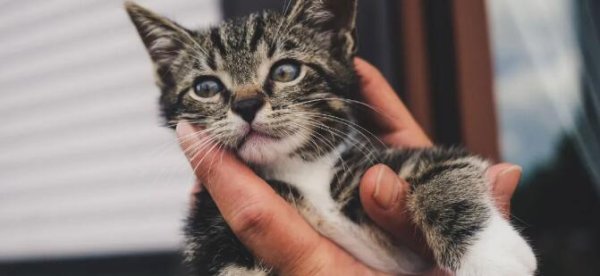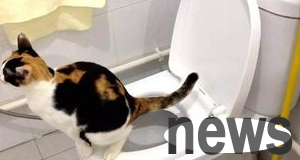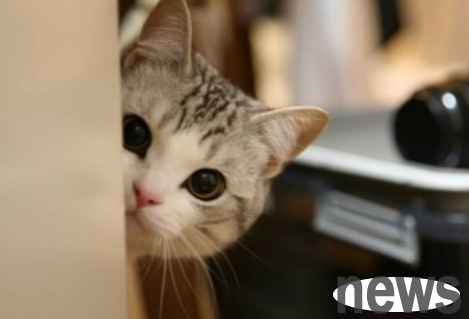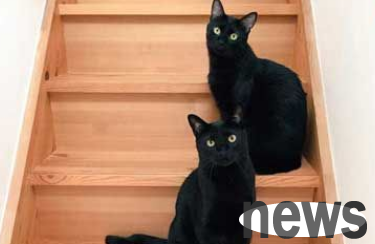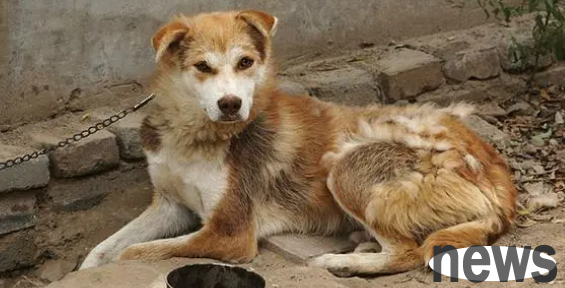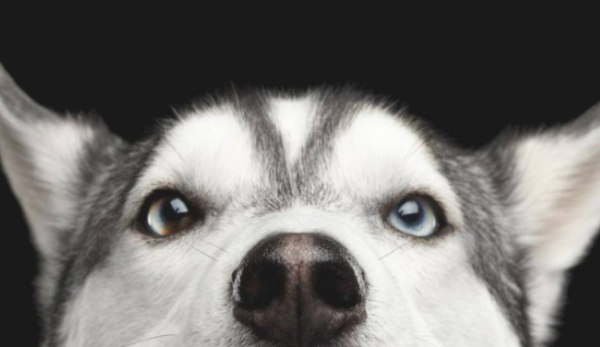Common knowledge about raising cats: How to solve the problem of bulging and swelling outside the anus of a kitten
Cats suffer from diarrhea, which causes redness and swelling of the anus. This phenomenon is quite serious, so the owner must first deal with the cat's condition, find out the cause of diarrhea, and then take appropriate measures to solve the problem for the cat.

1. Constipation
When a kitten is constipated, the continuous effort to defecate will lead to convex and swelling of the anus. At this time, the owner can check the cat's stool to see if it is dry. If the stool is indeed dry, the owner can feed the kitten some probiotics and foods with high moisture content to improve the cat's constipation and the anus will be reduced and swelling will be restored. However, if the kitten has severe bulges on the anus and can see the intestines, it needs to be sent to the hospital for treatment in time.
2. Parasite infection
If the owner does not deworm the kitten and the kitten is infected with coccidioids, trichomonas and other in vivo parasites, diarrhea will occur. If diarrhea continues, it will cause the kitten to experience convex, redness and swelling outside the anus. At this time, the owner can check the cat's feces to see if there are white insect bodies. If so, it means there are more parasites in the cat's body. At this time, you need to take the cat to the pet hospital for constipation examination as soon as possible, and then deworm it.

3. Problems with anal glands
When kittens experience severe diarrhea, they are prone to problems with anal glands such as anal adenitis and prolapse, resulting in convex, redness and swelling outside the anus. If it is not serious, you can first use saline to clean the anal renal area, and use pet-specific anti-inflammatory drugs to keep the anal renal area clean and hygienic. However, if the anal prolapse is severe, you need to take the kitten to the pet hospital for surgery as soon as possible.



